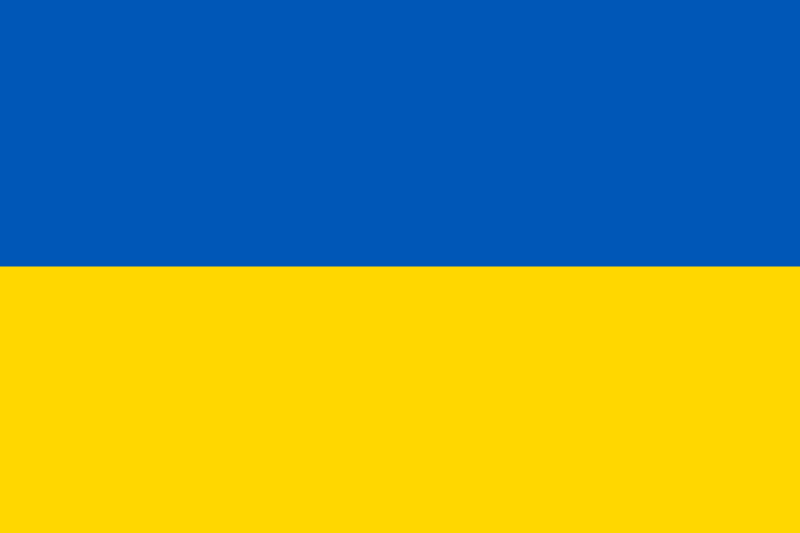Home 2004-06; Lotto
Officially, Ukraine football came into being in 1991
following the collapse of the USSR and the independence of the Ukrainian
state. The formation of a national
football association can be seen as two-fold.
Initially, an Association was created in March of that year, but this
was still heavily linked to the Football Federation of the Soviet Union
(FFSU). The following December, the
Association followed in the national lead, and declared itself independent from
the FFSU. Thus, a truly independent
governing body was formed in the country.
In early 1992, they were accepted into both UEFA and FIFA in 1992.
However, Ukraine national teams did exist prior to
this. The Ukrainian Soviet Socialist
Republic, to give it its full title, played matches against other Soviet
republics within the USSR, as well as games against touring sides. Notably, they reached the final of a Soviet
Championship in 1928, beating Belarus and Transcaucasia before losing to Moscow
in said final. Aside from these games, Ukrainian players represented the USSR
until its collapse. Even after the
independence of Ukraine, some players who had already been playing for the USSR
continued to play for the new ‘Commonwealth of Independent States (CIS)’
national team and then ‘Russia’, which was sanctioned as the official
successors to the USSR. Of these,
perhaps Andrei Kanchelskis is most famous.
Despite being of Ukrainian origin, he chose to play with CIS and then
Russia. Conversely, Yuriy Nikiforov
played for all three. In 1992, he lined
out four times for CIS, before playing a further three games for Ukraine in the
same year. Despite this, he went on to play for Russia in 1993 and represented
them until his retirement.
With official recognition of Russia as the successor to
USSR, came the controversial decision to award all UEFA coefficient points to
them, despite the massive role played by Ukrainian players (7 of the 11 who
started the final of Euro ’88 were Ukrainian).
Essentially, this meant that the new Ukraine began from scratch for
their national teams and league.
This stumbling block was overcome, most notably by a Dynamo
Kiev team which stared in European competition in the mid-90s, fired on by
players such as Andrei Shevchenko and Serhiy Rebrov. On the international
stage, the wait was a little longer. It
was not until 2006 that the team first qualified for a major tournament, the
World Cup. Indeed, this is the tournament
that this short was worn. In this way, I
am glad to have a little piece of history (similar to the last ever Yugoslav
shirt here). And when they finally did make their
appearance, it wasn’t just to make up the numbers. Wins over
Tunisia and Saudi Arabia made up for a hammering at the hands of Spain,
and saw them through to the last 16, where they beat Switzerland on
penalties. In the quarter-finals, they
lost 3-0 to Italy, but could take some consolation in seeing the Italians go
all the way and win the tournament.
It would be 2012, before Ukraine reached another tournament,
and this time qualification wasn’t needed as they co-hosted the European
Championships with neighbours, Poland.
Sadly, they failed to make it out of their group on home soil. Arguably, the lasting impression of Ukraine
from this competition was lightning storm which lit up their game against
France, and caused the referee to suspend the game for some time. At the time of writing this post, these two
teams are set to play each other once more, this time in a play-off for
qualification to the World Cup in Brazil next year.
Let’s go back to 2006 though, and talk about this
shirt. It is one I had always admired so
was delighted to pick it up a while ago. It is a very nice shade of yellow, and
the blue flashes have always reminded me of a bumble-bee (if you see it too,
let me know). In pictures, I thought the
material would be very shiny, but in the flesh it actually has quite a matte
finish. Two things let it down slightly
though. First, the crest is sewn on, rather than heat-pressed or embroidered. This is the case with many Lotto shirts around
this time, and is a shame as it makes it look a little cheap. This template was given a lot of air-time by
Lotto, so no surprise than they just sewed on the required crests. The crest itself is actually a great one, if a
little odd looking. It features the
national symbol, the tryzub, which has baffled historians over what it actually
is (see Wikipedia article here), sitting atop a football.
The other draw-back, in my opinion, is the red logos on the
sleeve. I know red is Lotto’s primary
colour for their logo, but it would have looked much better in blue, if it had
to be there at all. The neckline features the Ukrainian flag, but could be
mistaken for a random blue bar given that the rest of the colour is also
yellow. The fit is excellent.








No comments:
Post a Comment